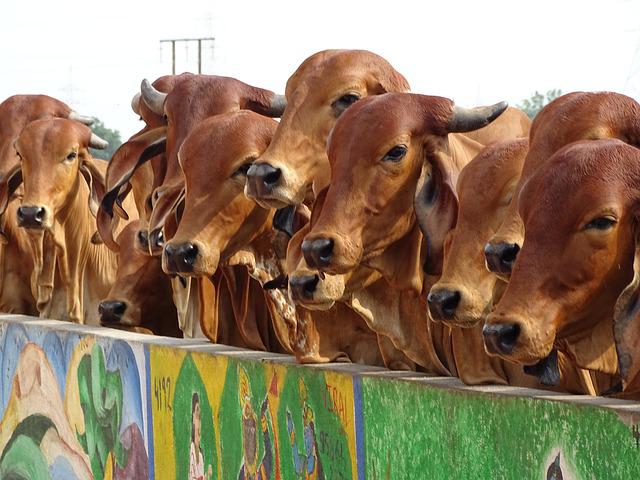When it comes to cows, not many people know about their diseases. Sometimes the cattle rearer also doesn’t have any idea regarding the disease that the cattle breed is going through. Here are some of the most common diseases in cows that you must know about.
Bleeding calf syndrome
Bleeding calf syndrome (Bovine neonatal pancytopenia) is characterised by unexplained bleeding or haemorrhaging from the skin, nares, mouth, rectum, and injection sites, as well as ear tags and, in some cases, a raised temperature.
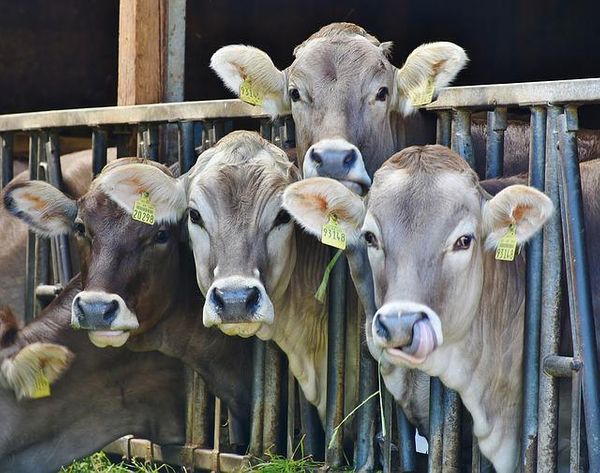
The majority of calves died within a few days of first showing clinical signs, which occurred between 1-2 weeks of age.
Numbers affected per herd vary greatly, from one calf to 3 to 5 per cent of calves, but overall numbers are very low, and there is no indication that this will suddenly increase.
Symptoms
Affected calves are all under 4 weeks old (typically 2-3 weeks) and include both dairy and beef calves.
- The proportion of affected calves per herd is typically less than 5%.
- External bleeding from the nose, mouth, rectum, injection sites or ear is common in calves.
- Internal bleeding, as well as bruising of the eyes and gums, may occur in calves. These calves could not show obvious signs of bleeding but may have collapsed, with pale membranes and laboured breathing. These cases may manifest as unexplained sudden deaths.
- Calves frequently have a persistent fever of more than 40oC (104oF).
- They are more likely to get other infections like diarrhoea, pneumonia, or navel ill.
Treatment
- There is no available treatment for this condition, and the majority of cases are fatal.
- Antimicrobials, clotting agents, and blood transfusions have not been widely used as supportive treatments have been a success
(Source)
Bovine Tuberculosis
Bovine tuberculosis (TB) is a chronic disease of cows caused by Mycobacterium Bovis (M.bovis), a bacteria that is closely related to the bacteria that causes human and avian tuberculosis.
Tuberculosis in live cattle is detected using the caudal fold test (CFT), which involves injecting a small dose of tuberculin into the skin around the tail. When infected animals are identified, state and federal officials track them back to their original herd and work to locate other infected herds.
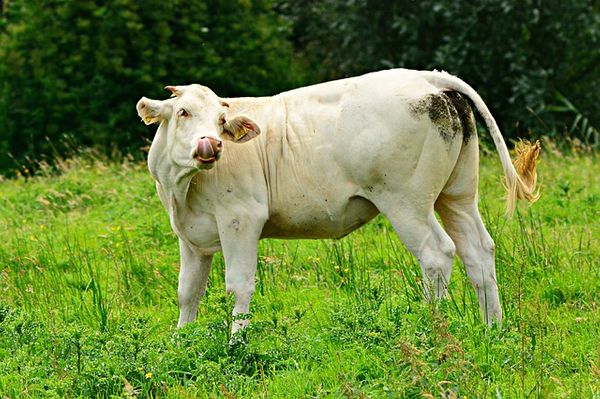
Bovine Tuberculosis Symptoms
TB usually has a long course, with symptoms appearing months or years later. The following are typical clinical signs:
- deficiency,
- Appetite loss,
- Loss of weight
- Changing fever,
- Recurring hacking cough,
- Vomiting,
- Large, visible lymph nodes
Treatment of Bovine Tuberculosis
Pasteurization of infected animals’ milk to a temperature high enough to kill the bacteria has prevented the spread of disease to humans.
Treatment of infected animals is uncommon because of the high cost, long wait time, and larger goal of disease eradication. (Source)
Bovine viral diarrhoea (BVD)
BVD is a respiratory and reproductive virus that disrupts cattle’s immune systems and ability to bore calves.
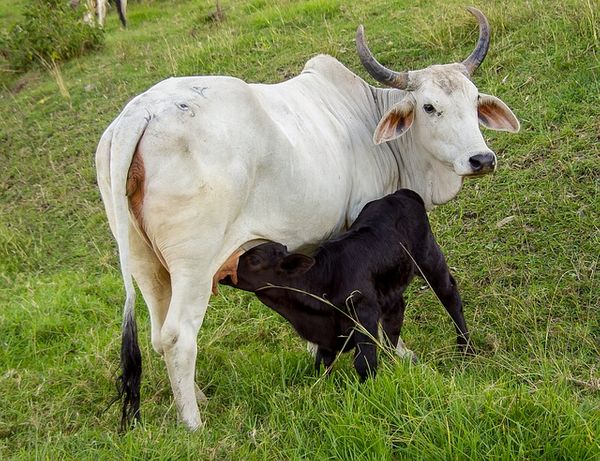
Bovine viral diarrhoea (BVD) Symptoms
Many symptoms in cattle indicate BVD infections, but they differ depending on maturity. Keep an eye out for the following signs in baby calves:
- Ataxia (lack of voluntary muscle movements)
- Tremors Stumbling Wide stance
- Failure to breastfeed
Adult symptoms differ greatly from those of calves. Adults who are infected may exhibit the following symptoms:
- Fever
- Appetite loss
- The discharge of the eyes
- Excessive nasal discharge
- Lesions of the mouth
- Diarrhoea
- Milk production has decreased.
Treatment of Bovine viral diarrhoea (BVD)
While there is no cure for this virus, supportive therapies such as increasing feed and water intake will help your cattle temporarily. To prevent the spread of BVD, infected calves should be culled.
Pneumonia in Calves
Pneumonia is the term used to describe inflammation of the lung tissue and airways, which reduces the animal’s ability to breathe properly. The contagious causes are viral and bacterial, and the condition is known as bovine respiratory disease. The disease complex shows that the disease is multifactorial.

Symptoms
Sick calves exhibit coughing, nasal discharge, and increased breathing rate/effort and will appear depressed and sluggish to nourish. Animals in critical condition despite treatment, may die. An elevated temperature (greater than 39.5 degrees Celsius / 103 degrees Fahrenheit) is an issue and an early indication of infection and should be treated and acted on quickly because early treatment is essential and more likely to be successful.
Treatment
Sick animals should be treated with the following antibiotics (consult your veterinarian): while there are numerous causes of secondary viral pneumonia. Bacterial infections are fairly common. Anti-inflammatory medication will reduce inflammation. Lung inflammation and growth restoration rates more rapidly It is also worth noting thinking about treating all animals in contact – Pneumonia is contagious. Whole-group treatments frequently produce a decrease in overall antibiotic use, as well as improved live weight gains. (Source)
Infectious Bovine Rhinotracheitis in Cows
IBR is a viral disease in cows that is highly contagious and infectious in cattle of all ages. Infection is spread through the group through inhalation and requires contact between animals. The disease is distinguished by upper respiratory tract inflammation.
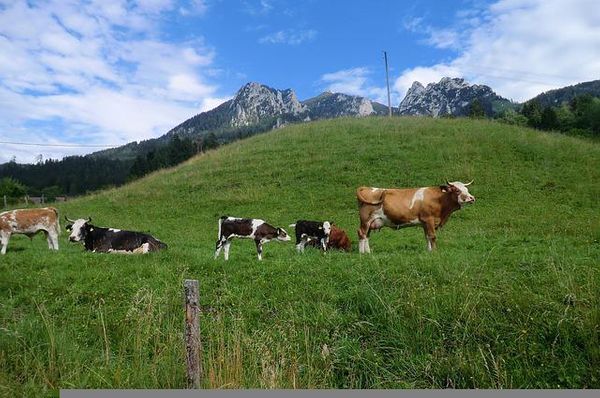
Symptoms of Infectious Bovine Rhinotracheitis
IBR’s primary clinical signs are respiratory in nature, and in milder cases, they can be confused with other causes of pneumonia in cattle. Conjunctivitis, occasional coughing, and low milk yield may be the only symptoms seen in milder cases.
Cattle that are infected lose their appetite and may develop a high fever (41-42°C) with purulent ocular and nasal discharges.
Individual cattle have different diagnoses.
- Pneumonia
- Mucosal disease caused by malignant catarrhal fever
A group of cattle were given a differential diagnosis.
- Bluetongue.
- Foot and mouth disease (FMD). Other causes of cattle respiratory disease (bovime parainfluenza virus, bovine respiratory syncytial virus, bovine coronavirus, bacterial pneumonia, lungworm)
Infectious Bovine Rhinotracheitis Treatment in Cows
There is no specific treatment for IBR; however, secondary bacterial infections can be managed with antibiotics, and animals with high fevers can be treated with nonsteroidal anti-inflammatory medications. Vaccination of the remaining herd members may help to limit disease spread.
Leptospirosis
Bovine leptospirosis is a cattle disease caused by infection with the genus Leptospira’s motile filamentous bacteria.

Symptoms of Leptospirosis in Cows
Fever, anaemia, mastitis, and abortion are the most common symptoms of leptospirosis in cattle. The kidney is the most frequently affected, with the development of interstitial nephritis.
Leptospirosis Treatment in Cows
Although some antibiotics can help control leptospirosis, treatment must begin early in the disease’s progression for it to be effective. Experiments with the various vaccines available show that these vaccines provide definite but not complete or long-lasting protection. (Source)
Bovine Ulcerative Mammary Dermatitis
Mammary necrotic dermatitis, udder seborrhoea, intertrigo, and foul udder are all names for ulcerative mammary dermatitis.
Symptoms of Bovine Ulcerative Mammary Dermatitis
It causes lesions with a distinctive pungent odour, a moist exudate, and dermatitis in the front of the udder, in front of the forequarters, and next to the abdominal wall.
This condition has been reported to be more prevalent in herds with severe bovine digital dermatitis.
Mites, One of the Most Common Diseases in Cows
Mites is a highly contagious disease that is spread through direct contact between infected and native animals or through contaminated fomites. This burrowing mite causes lesions that begin on the head, neck, and shoulders and can spread to other parts of the body. In 6 weeks, the entire body may be involved.
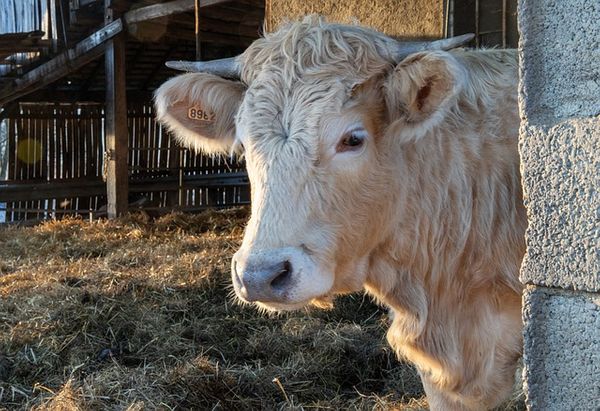
Symptoms of Mites in Cows
Skin irritation is caused by mite digging, which is exacerbated by allergic reactions to the saliva that develop a few weeks after infestation. The affected skin develops crusty pimples and papules, as well as massive hair loss, progressive hardening and thickening, and the formation of large folds.
Treatment of Mites in Cows
Keeping the animals well fed, healthy, and clean is critical to reducing the risk of winter outbreaks, or at the very least limiting the harm that such outbreaks can cause. (Source)
These are some of the most common diseases in cows.
Also, check out: 8 Common Dog Diseases: Symptoms, Prevention, Treatment


